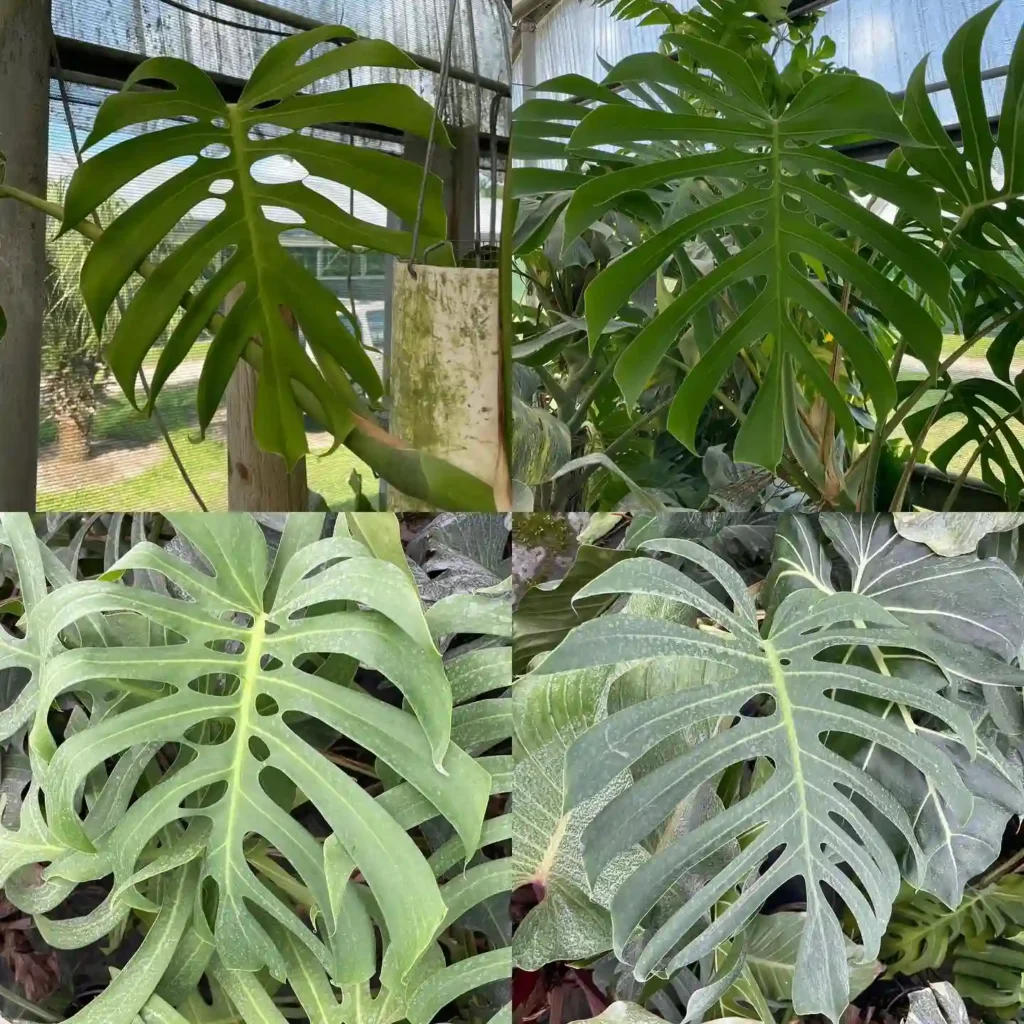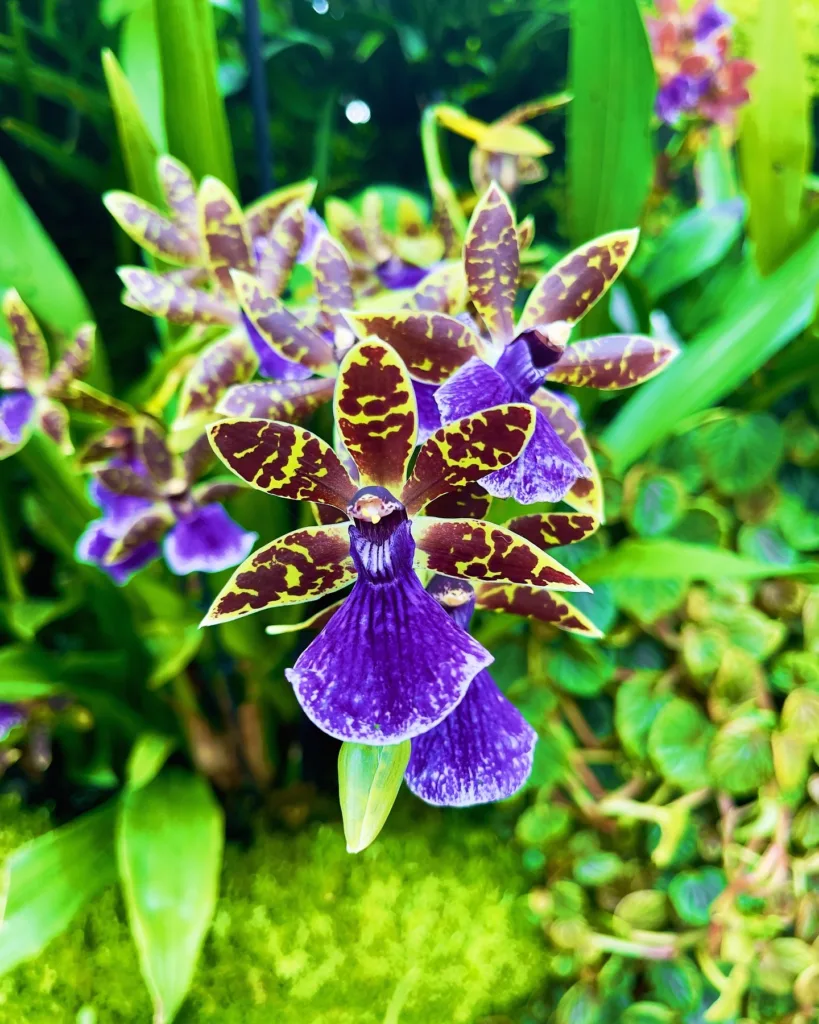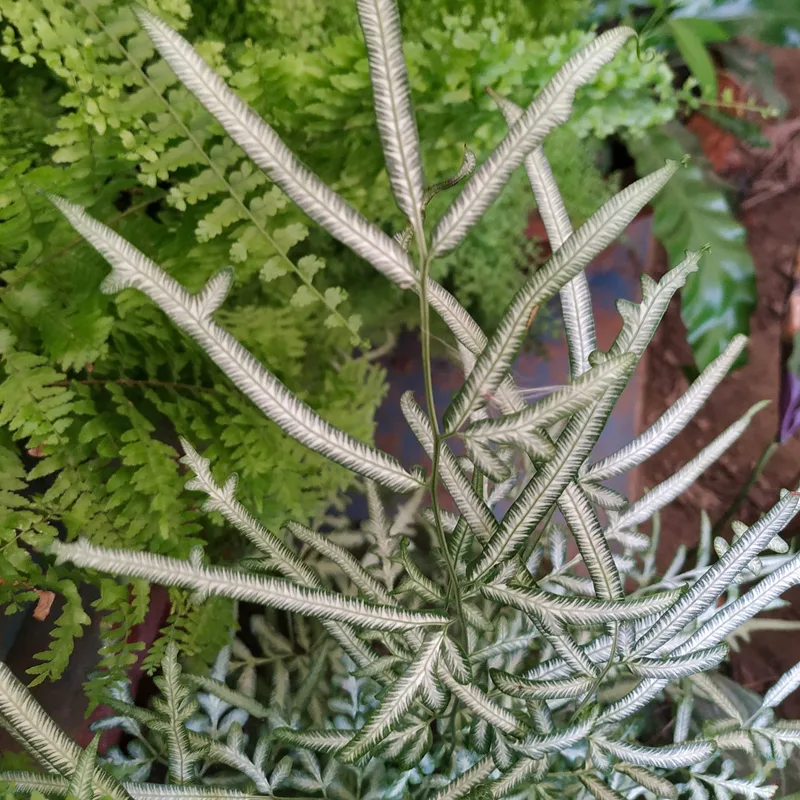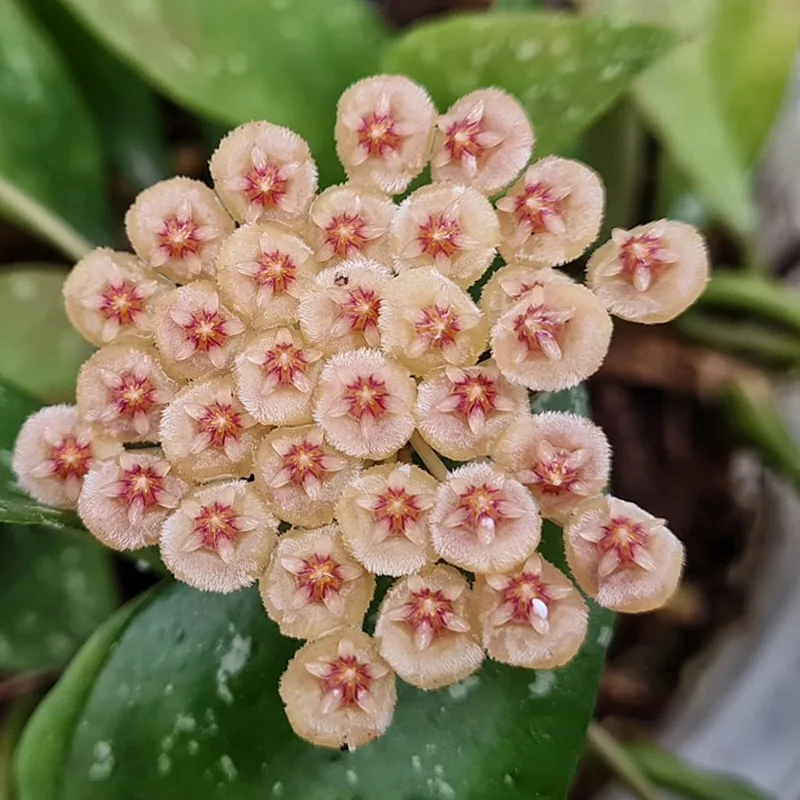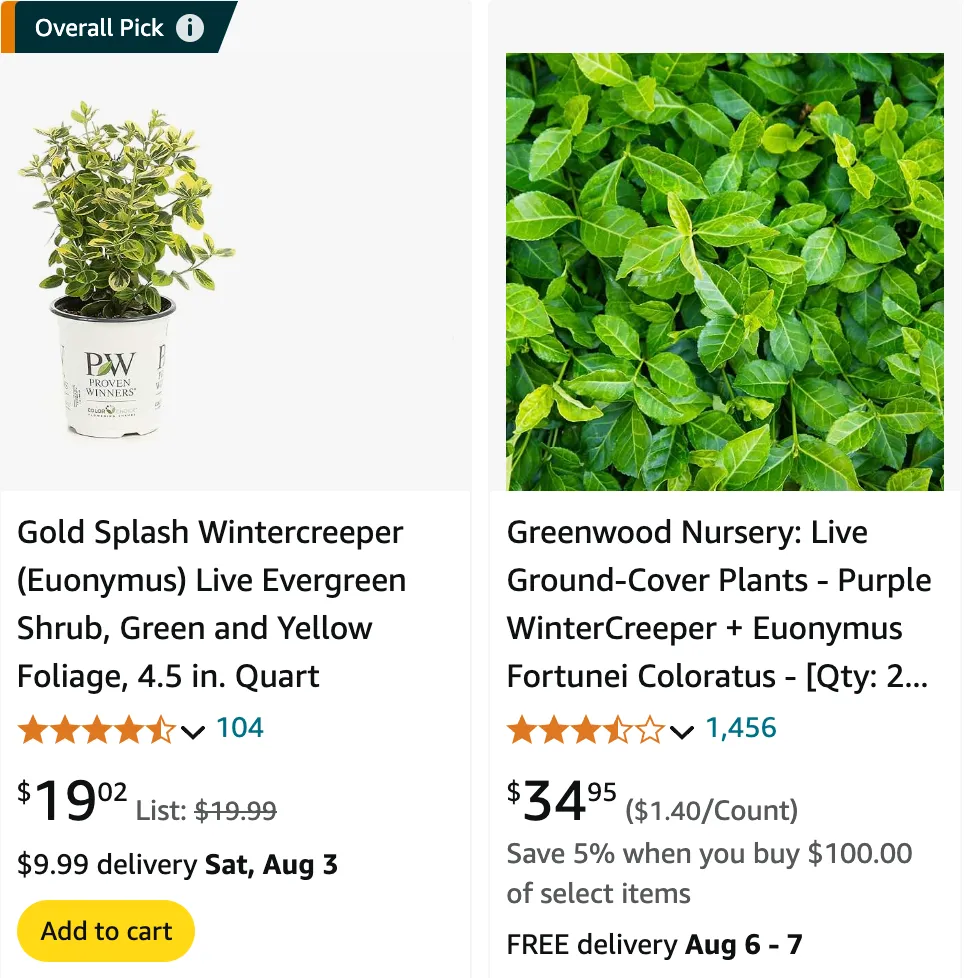
What is Euonymus?
Euonymus is a diverse genus of flowering plants in the Celastraceae family. They are popular in landscaping due to their versatile nature, with species ranging from evergreen shrubs to deciduous trees. Euonymus plants are often used as hedges, ground covers, and ornamental garden plants.
Euonymus species
- Euonymus acanthocarpus Franch.
- Euonymus acanthoxanthus Pit.
- Euonymus actinocarpus Loes.
- Euonymus aculeatus Hemsl.
- Euonymus aculeolus C.Y.Cheng ex J.S.Ma
- Euonymus acuminifolius Blakelock
- Euonymus alatus (Thunb.) Siebold
- Euonymus americanus L.
- Euonymus angulatus Wight
- Euonymus aquifolium Loes. & Rehder
- Euonymus atropurpureus Jacq.
- Euonymus attenuatus Wall. ex M.A.Lawson
- Euonymus australianus F.Muell.
- Euonymus baekdusanensis M.Kim
- Euonymus balansae Sprague
- Euonymus barberi Murugan & Manickam
- Euonymus benguetensis Merr.
- Euonymus benthamii Lundell
- Euonymus bockii Loes.
- Euonymus boninensis Koidz.
- Euonymus bullatus Wall. ex M.A.Lawson
- Euonymus carnosus Hemsl.
- Euonymus castaneifolius Ridl.
- Euonymus centidens H.Lév.
- Euonymus chengiae J.S.Ma
- Euonymus chenmoui W.C.Cheng
- Euonymus chiapensis Lundell
- Euonymus chibae Makino
- Euonymus chloranthoides Yen C.Yang
- Euonymus chui Hand.-Mazz.
- Euonymus clivicola W.W.Sm.
- Euonymus cochinchinensis Pierre
- Euonymus compressus F.Du & M.M.Li
- Euonymus contractus Sprague
- Euonymus cornutus Hemsl.
- Euonymus corymbosus Sprague & Bullock
- Euonymus costaricensis Standl.
- Euonymus crenulatus Wall. ex Wight & Arn.
- Euonymus darrisii H.Lév.
- Euonymus dichotomus B.Heyne ex Wall.
- Euonymus dielsianus Loes.
- Euonymus distichus H.Lév.
- Euonymus dolichopus Merr. ex J.S.Ma
- Euonymus eberhardtii Tardieu
- Euonymus echinatus Wall.
- Euonymus elaeodendroides Loes.
- Euonymus enantiophyllus (Donn.Sm.) Lundell
- Euonymus europaeus L.
- Euonymus euscaphis Hand.-Mazz.
- Euonymus ficoides C.Y.Cheng ex J.S.Ma
- Euonymus fimbriatus Wall.
- Euonymus fortunei (Turcz.) Hand.-Mazz.
- Euonymus frigidus Wall.
- Euonymus fulgens Aver.
- Euonymus fusiformis R.Parker
- Euonymus gibber Hance
- Euonymus giraldii Loes.
- Euonymus glaber Roxb.
- Euonymus glandulosus (Merr.) Ding Hou
- Euonymus gracillimus Hemsl.
- Euonymus grandiflorus Wall.
- Euonymus hainanensis W.Y.Chun & F.C.How
- Euonymus hamiltonianus Wall.
- Euonymus hemsleyanus Loes.
- Euonymus huae J.S.Ma
- Euonymus hukuangensis C.Y.Cheng ex J.S.Ma
- Euonymus hupehensis (Loes.) Loes.
- Euonymus impressus Blakelock
- Euonymus indicus B.Heyne ex Wall.
- Euonymus japonicus Thunb.
- Euonymus jinyangensis C.Y.Chang
- Euonymus kachinensis Prain
- Euonymus kanyakumariensis Murugan & Manickam
- Euonymus kengmaensis C.Y.Cheng ex J.S.Ma
- Euonymus kweichowensis Chen H.Wang
- Euonymus lanceolatus Yatabe
- Euonymus latifolius (L.) Mill.
- Euonymus lawsonii C.B.Clarke ex Prain
- Euonymus laxiflorus Champ. ex Benth.
- Euonymus leiophloeus Steven
- Euonymus lichiangensis W.W.Sm.
- Euonymus lucidus D.Don
- Euonymus lushanensis F.H.Chen & M.C.Wang
- Euonymus lutchuensis T.Itô
- Euonymus maackii Rupr.
- Euonymus macrocarpus Gamble ex Oliv.
- Euonymus macropterus Rupr.
- Euonymus melananthus Franch. & Sav.
- Euonymus mengtseanus (Loes.) Sprague
- Euonymus mexicanus Benth.
- Euonymus microcarpus (Oliv. ex Loes.) Sprague
- Euonymus moluccensis Blakelock ex Ding Hou
- Euonymus myrianthus Hemsl.
- Euonymus nanoides Loes. & Rehder
- Euonymus nanus M.Bieb.
- Euonymus nitidus Benth.
- Euonymus obovatus Nutt.
- Euonymus occidentalis Nutt. ex Torr.
- Euonymus oxyphyllus Miq.
- Euonymus parasimilis C.Y.Cheng ex J.S.Ma
- Euonymus percoriaceus C.Y.Wu ex J.S.Ma
- Euonymus phellomanus Loes.
- Euonymus pittosporoides C.Y.Cheng ex J.S.Ma
- Euonymus pleurostylioides (Loes.) H.Perrier
- Euonymus potingensis Chun & F.C.How ex J.S.Ma
- Euonymus pseudovagans Pit.
- Euonymus recurvans Miq.
- Euonymus rehderianus Loes.
- Euonymus revolutus Wight
- Euonymus rothschuhii Loes.
- Euonymus sachalinensis (F.Schmidt) Maxim.
- Euonymus salicifolius Loes.
- Euonymus sanguineus Loes.
- Euonymus schensianus Maxim.
- Euonymus semenovii Regel & Herder
- Euonymus serratifolius Bedd.
- Euonymus sootepensis Craib
- Euonymus spraguei Hayata
- Euonymus subcordatus J.S.Ma
- Euonymus subsulcatus Prain
- Euonymus szechuanensis C.H.Wang
- Euonymus tashiroi Maxim.
- Euonymus tenuiserratus C.Y.Cheng ex J.S.Ma
- Euonymus ternifolius Hand.-Mazz.
- Euonymus theacola C.Y.Cheng ex T.L.Xu & Q.H.Chen.
- Euonymus theifolius Wall. ex M.A.Lawson
- Euonymus tibeticus W.W.Sm.
- Euonymus tingens Wall.
- Euonymus tonkinensis (Loes.) Loes.
- Euonymus tsoi Merr.
- Euonymus vaganoides C.Y.Cheng ex J.S.Ma
- Euonymus vagans Wall.
- Euonymus velutinus Fisch. & C.A.Mey.
- Euonymus venosus Hemsl.
- Euonymus verrucocarpus C.Y.Cheng ex J.S.Ma
- Euonymus verrucosoides Loes.
- Euonymus verrucosus Scop.
- Euonymus viburnoides Prain
- Euonymus walkeri Wight
- Euonymus wilsonii Sprague
- Euonymus wrayi King
- Euonymus wui J.S.Ma
- Euonymus wulinensis S.S.Ying
- Euonymus yakushimensis Makino
- Euonymus yunnanensis Franch.
Do Deer Eat Euonymus?
Yes, deer do eat Euonymus. While Euonymus is not their first choice, deer can munch on them, especially when food is scarce. If deer are a problem in your area, consider using deer repellents or installing fencing to protect your plants.
Is Euonymus Evergreen?
Most Euonymus species are evergreen, meaning they retain their leaves throughout the year. However, some species, particularly those in colder climates, can be deciduous. Evergreen Euonymus varieties are popular for providing year-round color and structure in the garden.
How to Care for Euonymus?
Caring for Euonymus is relatively straightforward. They prefer well-drained soil and can tolerate a range of sunlight conditions, from full sun to partial shade. Regular watering, especially during dry periods, will keep them healthy. Mulching around the base helps retain moisture and suppress weeds. Fertilize in spring with a balanced fertilizer to promote growth.
When to Prune Euonymus?
Prune Euonymus in late winter or early spring before new growth begins. This timing ensures the plant has time to heal and grow vigorously during the growing season. Avoid heavy pruning in late summer or fall, as it can encourage new growth that may not harden off before winter.
How to Prune Euonymus?
Pruning Euonymus involves removing dead or diseased branches, thinning out crowded areas to improve air circulation, and shaping the plant to maintain its desired form. Use clean, sharp pruning shears to make clean cuts. Always prune just above a leaf node or branch junction to encourage healthy growth.
How to Propagate Euonymus?
Propagating Euonymus can be done through cuttings or layering. For cuttings, take a 4-6 inch piece from a healthy stem in late spring or early summer. Remove the lower leaves, dip the cut end in rooting hormone, and plant it in a pot with well-draining soil. Keep the soil moist and place the pot in indirect light until roots develop. Layering involves bending a low branch to the ground, covering it with soil, and securing it until roots form. This process can take several months.
Is Euonymus Poisonous to Dogs?
Yes, Euonymus can be toxic to dogs if ingested. Symptoms may include vomiting, diarrhea, and weakness. If you suspect your dog has eaten Euonymus, contact your veterinarian immediately. It’s best to keep these plants out of reach of pets.
Why Is My Euonymus Dying?
Several factors can cause Euonymus to decline, including poor soil conditions, inadequate watering, pests like scale insects and aphids, and diseases such as powdery mildew or fungal infections. Assess your plant’s environment and care routine, and address any issues promptly. Regular inspections and proper maintenance can prevent most problems.
Are Euonymus Invasive?
Some Euonymus species, such as Euonymus Alatus (burning bush), are considered invasive in certain regions. They can spread aggressively and outcompete native plants. Check with your local extension service or invasive species council before planting to ensure you choose a non-invasive variety.
Can You Keep Euonymus Small?
Yes, you can keep Euonymus small through regular pruning and trimming. This practice helps maintain the desired size and shape, making Euonymus suitable for small gardens or container planting.
How Fast Do Euonymus Grow?
The growth rate of Euonymus varies by species, but generally, they grow at a moderate rate. With proper care, you can expect them to grow about 1-2 feet per year. Factors such as soil quality, light conditions, and climate can influence their growth rate.
Euonymus vs Boxwood?
Euonymus and boxwood are both popular choices for hedges and topiary. Boxwood is typically slower-growing and more formal, with dense, small leaves. Euonymus offers more variety in foliage color and growth habit, making it a versatile alternative. Choose based on your garden’s specific needs and aesthetic preferences.
What to Plant with Euonymus?
Euonymus pairs well with a variety of plants. Consider combining them with contrasting textures and colors, such as hostas, hydrangeas, or ornamental grasses. This combination can create a dynamic and visually appealing garden design. Ensure companion plants have similar growing requirements for the best results.
Caring for Euonymus can be an enjoyable and rewarding experience. With their versatility and striking foliage, they can enhance any garden. Whether you are pruning, propagating, or simply enjoying their beauty, understanding the nuances of Euonymus care will ensure these plants thrive in your landscape.
If i die, water my plants!
